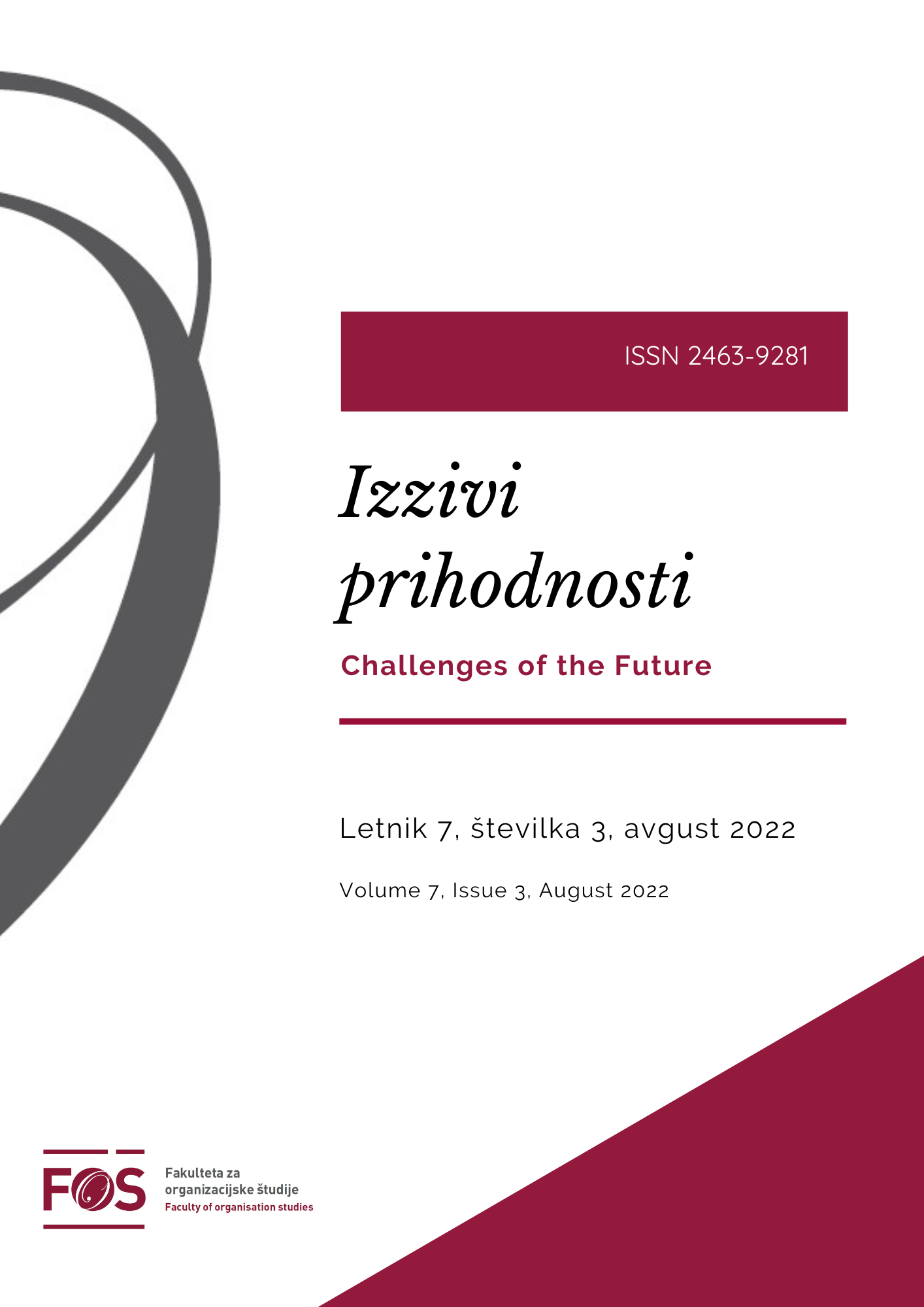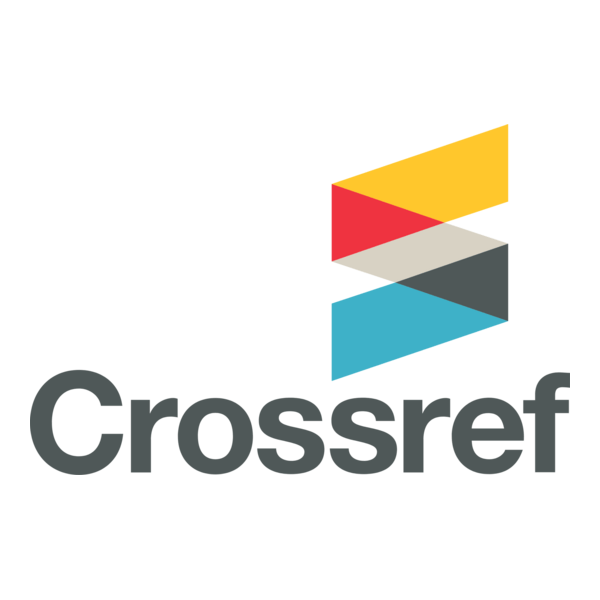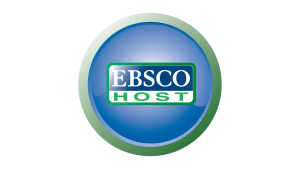Perception levels of organizational performance of employees in a healthcare organization
DOI:
https://doi.org/10.37886/ip.2022.008Keywords:
health organization, organizational structure, organizational structure design, perception of organizational performance, manner of organizingAbstract
Background and Originality: The subject of the research is the definition and analysis of the organization's process in a health organization, as well as the perception of employees in terms of the performance of the organization. The research aims to determine the manner of organizing, ie the phase in the process of designing the organizational structure in the health organization, as well as to assess the level of perception of organizational performance of employees in that organization.
Method: The subject research was conducted through a standardized questionnaire (Griffithsetall, 2006), which contains 8 questions related to the primary demographic data of employees and 30 questions related to the subject of the research.
Results: Proving special hypotheses in the research leads to the conclusion that clearly defined roles and responsibilities, the existence of an appropriate pace of work, a deep understanding of the wishes and needs of patients by employees, and employee motivation to work affect the success of a health organization, that is, the manner of organizing affects its business success, while the work environment is not one of the factors that affect the success of a health organization.
Society: Considering the impact on society, through the defined measures proposed above, this research paper proposes a way to preserve the functioning of a health organization, meet the wishes and needs of patients and preserve one of the basic human needs, and that is the right to adequate treatment.
Limitations / further research: The proposal for future research is reflected in increasing the sample of examinees and repeating research in health organizations across the country.
References
Brown, D., & Wilson, S. (2005). The Black Book of Outsourcing: How to Manage the Changes, Challenges, and Opportunities. Hoboken: John Wiley & Sons.
Chan, Y.E. (2008). Why haven’t we mastered alignment? The importance of the informal organization structure. MIS Quarterly Executive 1(2).
Cox, T., Griffths, A., Randal, R. (2003). A risk management approach to the prevention of work stress. New York: John Wiley & Sons, Ltd.
Dovijanić, P. (2003). Savremena organizacija zdravstvene službe i ustanova. IP „Obeležja“, Beograd.
Ferguson, E., Cox, T. (1993). Exploratory factor analysis: A users guide. International journal of selection and assessment 1.2: 84-89.
Godwin, A., Handsome, O.E., Ayomide, W.A., Enogong, A., Johnson, F.O. (2017). Application of the Henry Fayol principles of management in startup organizations. IOSR Journal of Business and Management 19(10), 78-85.
Griffiths A, Cox T, Karanika M, Khan S, Toma´s JM. (2006). Work design and management in the manufacturing sector: development and validation of the Work Organisation Assessment Questionnaire. Occup Environ Med. 2006;63:669 – 675.
Griffiths, D., Nando, S., Roger, Z. (2006). Integrative paradigms, marginal reality: refugee community organizations and dispersal in Britain. Journal of ethnic and migration studies, 32(5), 881-898.
Jones, T.M., Felps, W., Bigley, G.A. (2007). Ethical theory and stakeholder-related decisions: The role of stakeholder culture. Academy of management review, 32(1), 137-155.
Mašić, B., Nešić, S., Nikolić, D., Dželetović, M. (2017). Evolution of knowledge management. Industrija, 45(2).
Mićović, P. (2008). Zdravstveni menadžment. IP „Obeležja, Beograd.
Mitrović, S., Melović, B. (2013). Principi savremenog menadžmenta. FTN Izdavaštvo, Novi Sad.
Olivares Gil, A., Armaiz Rodriguez, A., Ramirez Sanz, J.M., Garrido Labrador, J.L., Ahedo Garcia, V., Garcia Osorio, C., Galan Ordax, J.M. (2022). Mapping the scientific structure of organization and management of enterprises using complex networks. International Journal of Production Management and Engineering, 10(1), 65-76.
Peteraf, P.A. (1993). The cornerstones of competitive advantage: a resource-based view. Strategic management journal 14(3), 179-191.
Williams, B.K. (2011). Adaptive management of natural resources – framework and issues. Journal of environmental management, 92(5), 1346-1353.
Additional Files
Published
How to Cite
Issue
Section
License
Copyright (c) 2022 Siniša Jolić, Slobodan Mirosavljev, Vesna Turkulov, Jovan Jolić, Slavica Mitrović Veljković, Jelena Raut

This work is licensed under a Creative Commons Attribution-ShareAlike 4.0 International License.
![]()








